The Vijaynagara Empire, which lasted for 300 odd years, was able to protect South India from the brutal onslaught of murderous Islamic invasions that the North had to face. Modern India has many lessons to learn from the Vijaynagara Empire.
The legacy of this empire includes monuments spread over South India; the best known of which is the group at Hampi. But why does Hampi today lie in ruins? Surely, the Vijaynagara Empire’s foot soldiers did not sack this UNESCO world heritage site themselves. That suggests something went wrong, right? Yes, it did. Like every empire that has ever risen, the Vijaynagara Empire collapsed too.
The collapse was swift, sudden and unexpected. And it was total. What the European renaissance did to Roman and Greek cultures – bringing them back to life; the Vijaynagara Empire did to Sanatan Dharma. The empire’s patronage enabled fine arts and literature to reach new heights in Kannada, Telugu, Tamil, and Sanskrit with topics such as astronomy, mathematics, medicine, fiction, musicology, historiography and theatre gaining massive popularity.
The Vijaynagara empire promoted Hinduism as a unifying factor. Everything else was secondary – the Hindu identity reigned supreme. That is what allowed the empire to flourish and become a mighty power that no marauding alien force could take on. But the Battle of Talikota would change it all. The Vijaynagara Empire would be reduced to ashes quite literally, because of flawed diplomacy paving the way for the empire’s destruction.
Vijaynagara Empire’s Diplomacy Contributed Towards its Collapse
Rama Raya was a statesman of the Vijayanagara Empire. As regent, he was the de facto ruler of the empire from 1542 to 1565 AD, although legally, the emperor during this period was Sadasiva Raya, who was merely a puppet ruler. Rama Raya did not know how to deal with the neighbouring Muslim Deccan kingdoms. He thought he could perpetually pit one Deccan Sultan against the other, and that this strategy would keep working wonders for him.
Surrounded by the five hostile Bahamani Kings, the Vijaynagara Empire did benefit from Rama Raya’s strategy of divide and rule initially. However, the Bahamani Sultans soon realised what was happening. They saw how the Vijaynagara empire extended its borders north of the Krishna River and kept itself secure by capitalising on the enmity between the five Muslim kingdoms.
To take on the Vijaynagara Empire, the Sultans of Bijapur, Bidar, Ahmednagar and Golconda entered into a joint pact. The combined force of these Muslim kingdoms marched towards the great Hindu empire in 1565. The goal was simple – to wage jihad on the Vijaynagara Empire. During the battle, two Muslim generals of the Vijayanagara army reportedly switched sides and turned their loyalty to the Sultans.
The Vijaynagara empire was at the backfoot now. The feverish Muslim soldiers – who considered the battle to be a war on infidels –destroyed the entire flanks of the Vijaynagara army. Rama Raya was eventually beheaded by Sultan Nizam Hussain. With the death of Ram Raya, the Vijaynagara empire’s forces began fleeing the battlefield, but they were chased and slaughtered by the marauding Islamic forces.
Read more: The Chola Empire was one of the greatest Indian empires, but Marxist historians buried it
Next, the Sultans and their armies marched to Hampi and reduced it to ruins. Vijaynagarawas were reduced to rubble. Temples were razed. The Sultanates’ forces plundered all wealth and after the loot, burning everything in sight. The Bahamani forces camped in Vijaynagara for six long months. During this time, every single house, temple, building and habitation “in a radius spanning twenty leagues was burned down.”
The Vijaynagara empire scattered and eventually collapsed in the next 100 years. It could never recover from the blow dealt with it by the Islamic forces. Today too, people take pleasure in the ruins of Hampi. It has become a tourist destination. Nobody seems interested in creating a Vijaynagara-like empire anymore.
What Indian Policymakers Need to Learn from the Battle of Talikota
India has a ceasefire with Pakistan in effect. When was this ceasefire along the Line of Control (LoC) agreed to? When China became a major headache for New Delhi in 2020. Before that was the case, India was pounding Pakistan hard, and rightfully so. That pounding is today missing, and Pakistan is recovering. It will bounce back hard, and India will need to share the blame for letting the terror state heal itself while New Delhi was distracted with China alone.
When Pakistan tries a misadventure with India, in Kashmir or elsewhere, New Delhi will expectedly begin going soft on China. This is not a government-centric phenomenon. It is just how things have always been. India’s national security considerations revolve around preventing a “two-front” conflict with both Pakistan and China at the same time, and this is a suicidal approach.
The Vijaynagara Empire, towards its end, tried doing the same. It tried evading a multi-frontal war with the Bahmani kingdoms. Eventually, where did it get the Empire? To ruins.
India needs to be prepared for exigencies and must stop going soft on either China or Pakistan as and when the situation demands. India’s focus needs to be on building up forces to take on both these countries together. Because whether one likes it or not, a two-front war does stare India in the face. Placating either Pakistan or China temporarily will not prevent an imminent two-front conflict for New Delhi. It will only strengthen the enemies’ resolve.



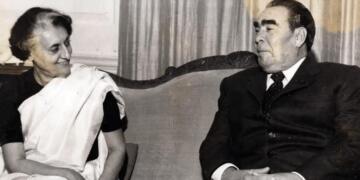
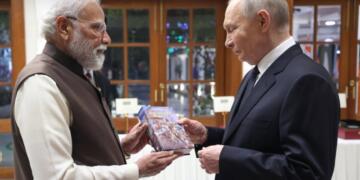



















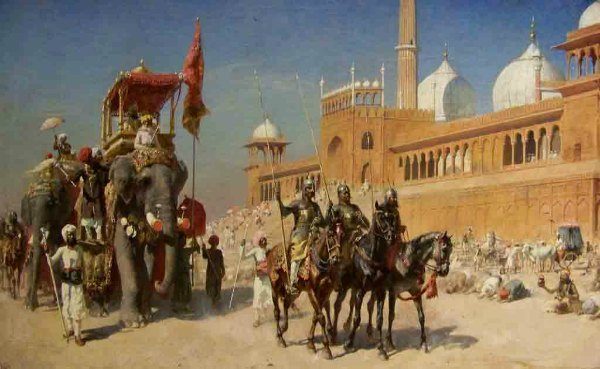
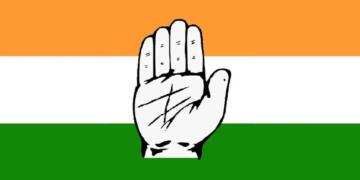

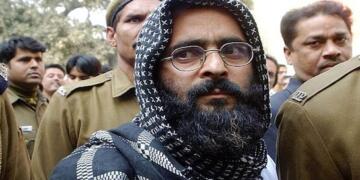





India is fighting more against the enemies within than from outside. The magnitude of this fight is much larger. India’s international strategy is doing wonders. Indian army is getting stronger and stronger. Pakistan is on the verge of breaking down, physically as welk as financially. One can expect independant Balochistan soon. I would suggest you to stop bashing present gov for no reason.